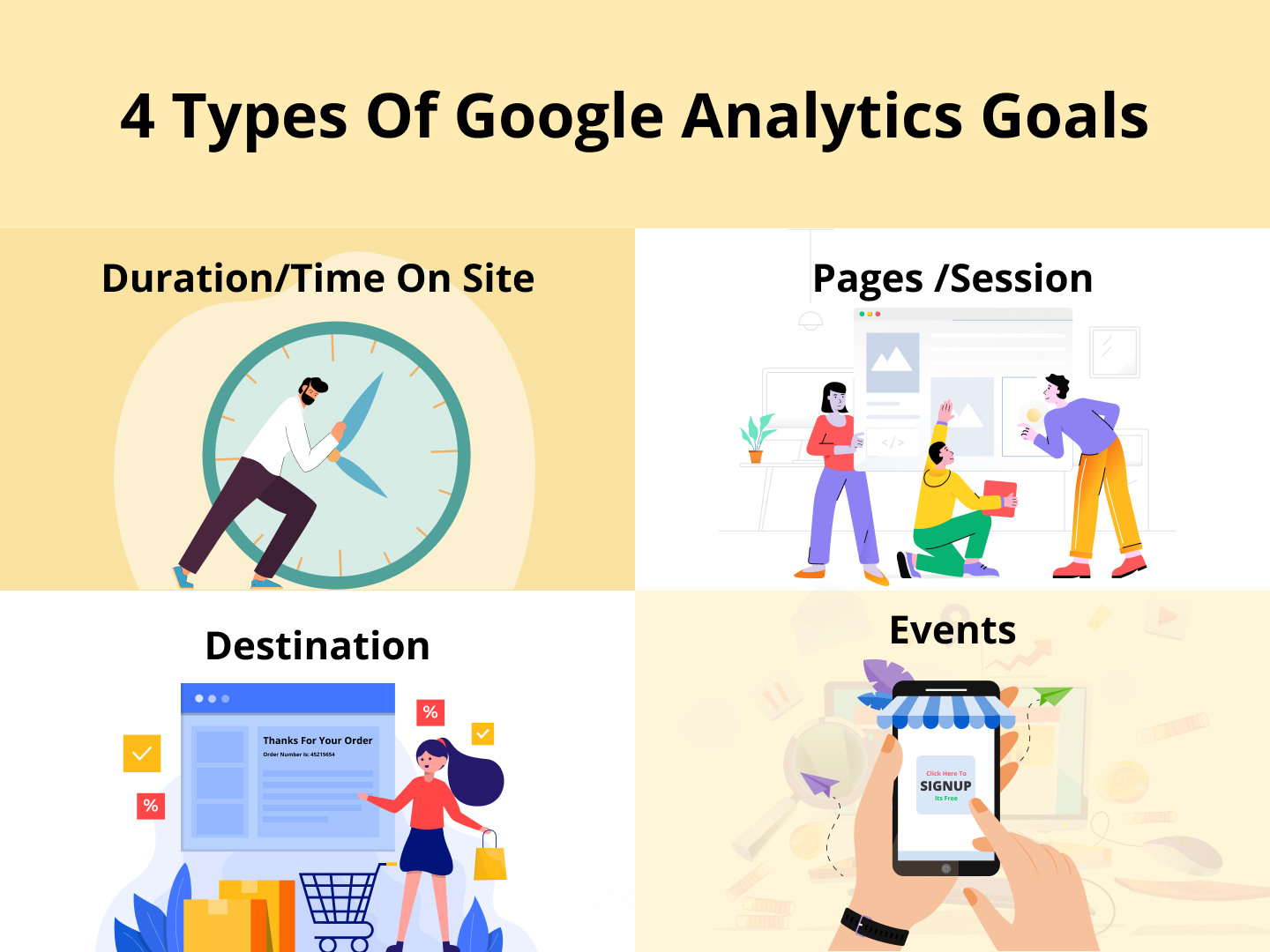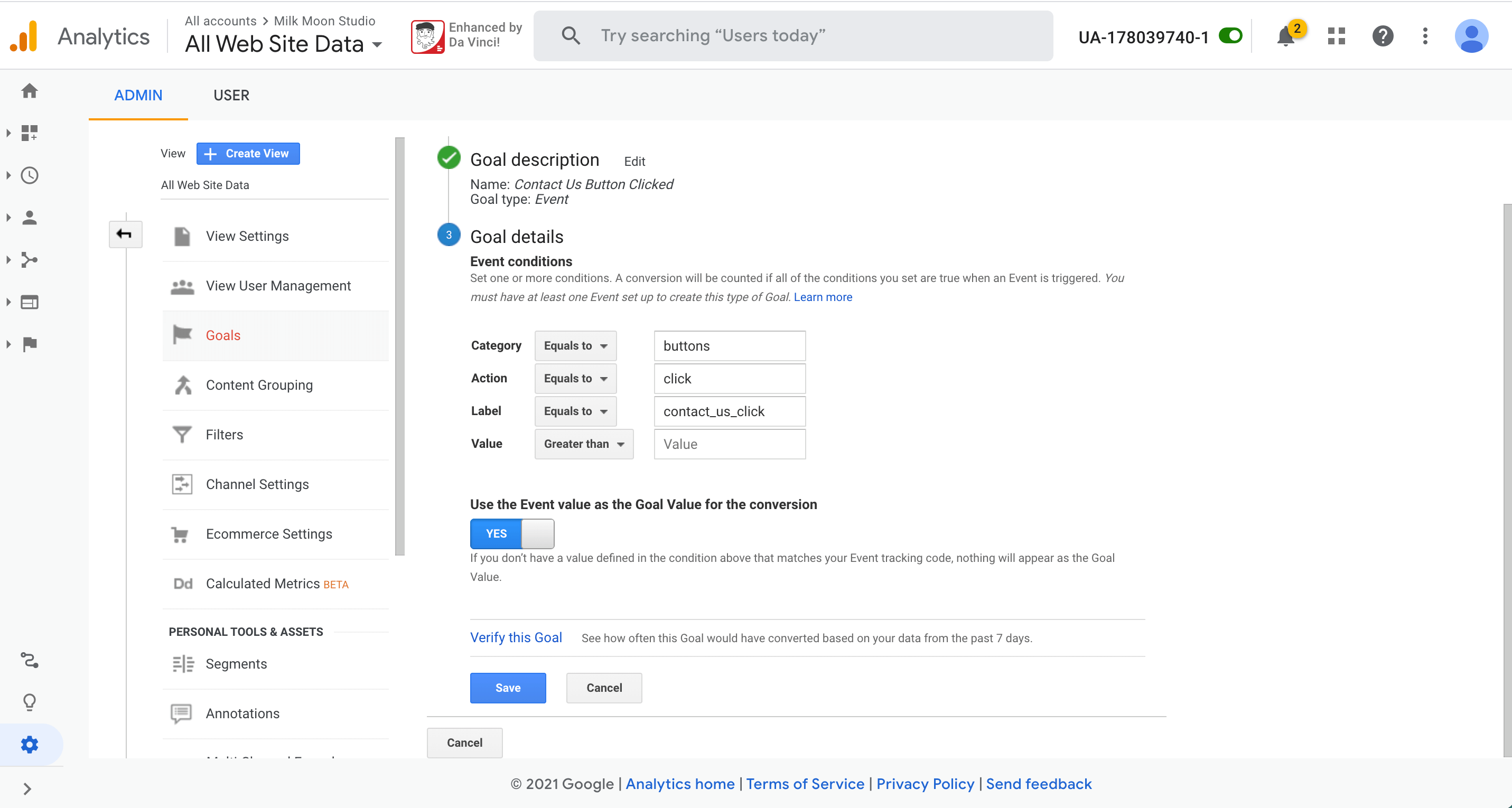Demystifying Google Analytics Limitations: Discover What Information Goals Can not Track
In the realm of electronic analytics, Google Analytics stands as a powerful device that offers important understandings right into web site efficiency and customer behavior. Among its capabilities, there exist limitations that usually go unnoticed. Recognizing what Google Analytics can not track is critical for a comprehensive grasp of information interpretation and decision-making processes. From the complexities of user communication with dynamic material to the complexities of cross-device individual journeys, these constraints clarified areas that might stay obscured from typical analytics perspectives. By untangling these restraints, a more clear photo arises, permitting more enlightened techniques and improved insights into individual engagement and conversions.

Customer Communication With Dynamic Content
Customer communication with vibrant material plays a vital role in recognizing user habits on websites and maximizing the overall customer experience. By tracking user interactions with vibrant material, site owners can obtain beneficial insights right into user engagement, preferences, and behaviors - what data is google analytics goals unable to track.
Google Analytics provides numerous tools to track customer interactions with dynamic web content, such as event tracking and virtual pageviews. Occasion monitoring enables you to monitor specific customer actions, like clicking a switch or enjoying a video, giving information on how individuals interact with vibrant components.
Cross-Device User Journeys
Just how can contemporary analytics devices track the complicated paths individuals take across several tools in their on-line trips? Cross-device user trips present a substantial challenge for tracking and evaluating individual habits precisely. As users interact with apps or sites using different gadgets such as desktops, tablet computers, and smartphones, it comes to be crucial to recognize just how they relocate between these platforms to enhance customer experience effectively.
Google Analytics encounters limitations in tracking cross-device user journeys because of privacy problems and technological restrictions - what data is google analytics goals unable to track. While it can provide insights into individual tools' interactions, tracking a smooth individual trip across several devices continues to be a challenge. This restriction can lead to insufficient data and fragmented individual insights, making it challenging for companies to create a unified view of the customer journey
To resolve this issue, companies can use advanced analytics devices that provide cross-device tracking capabilities, enabling them to get a more alternative understanding of user behavior. By leveraging these tools, companies can connect the void in tracking cross-device user trips and optimize their electronic strategies for a seamless individual experience.
Offline Conversions and Attribution
As businesses browse the difficulties of tracking cross-device customer trips, one more pivotal facet to consider is the world of offline conversions and acknowledgment in the world of information analytics. While Google Analytics offers important understandings into on-line user behavior, it drops short when it comes to tracking conversions that occur offline. This limitation postures a considerable difficulty for services that have both online and offline sales channels.
Offline conversions, such as acquisitions made in physical stores or through telephone call facilities, are vital to recognizing the complete client trip. Without the capacity to attribute these offline conversions to certain on-line interactions, businesses may struggle to precisely measure the influence of their digital advertising efforts.
To resolve this void, companies can check out alternative solutions such as integrating CRM systems with on the internet analytics tools or utilizing unique promotion codes that can be mapped back to online projects. By bridging the void in between online and offline information, companies can get a more extensive understanding of their clients' behavior and improve their total advertising approaches.
Person Customer Identification
In the world of data analytics, the ability to precisely identify individual customers throughout numerous on-line touchpoints is a critical difficulty for businesses looking for to personalize and maximize their marketing techniques. While Google Analytics provides beneficial understandings into customer habits and interactions, it drops short go to this website in enabling the recognition of certain individuals as a result of privacy worries and technical constraints. Google Analytics makes use of special identifiers such as cookies to have a peek here track individual sessions and habits, but these do not correspond to determining private customers in a personal feeling.

Data From Secure Pages
In spite of the raising occurrence of safe web pages on web sites, acquiring information from these encrypted sources presents a distinct obstacle for electronic analytics platforms like Google Analytics. Protect web pages, shown by HTTPS in the URL, encrypt information exchanged between the customer's internet browser and the site's web server to ensure personal privacy and security. While this encryption is vital for safeguarding sensitive details, it additionally postures restrictions for tracking customer actions and celebration analytics data.
Google Analytics faces barriers in accumulating thorough details from secure web pages because of the file encryption procedures in location. Therefore, specific data factors such as recommendation sources, keyword searches, and even some user interactions may not be completely caught when users access a web site via a safe connection. This restriction can affect the accuracy and completeness of the data evaluation, resulting in gaps in understanding customer behavior and choices on protected web pages.
To navigate this difficulty, digital analysts check that may require to explore alternate monitoring approaches or leverage various other tools particularly made to gather understandings from safe and secure pages. By adjusting methods to accommodate these limitations, organizations can still obtain important analytics in spite of the constraints provided by encrypted connections.
Conclusion
In final thought, Google Analytics has restrictions in tracking individual interaction with vibrant content, cross-device user trips, offline conversions, individual customer recognition, and information from secure pages. Regardless of its beneficial understandings, Google Analytics might not provide a total picture of individual involvement throughout various touchpoints.
Individual communication with vibrant web content plays a critical duty in comprehending customer habits on web sites and enhancing the total user experience. By tracking individual interactions with dynamic web content, internet site owners can obtain beneficial insights into individual engagement, choices, and actions.
Google Analytics makes use of special identifiers such as cookies to track customer sessions and actions, but these do not equate to identifying individual users in a personal feeling.
As an outcome, certain information factors such as recommendation sources, keyword searches, and even some individual interactions may not be fully caught when individuals access a website through a protected connection.In verdict, Google Analytics has restrictions in tracking customer communication with dynamic material, cross-device user trips, offline conversions, individual user identification, and data from safe web pages.